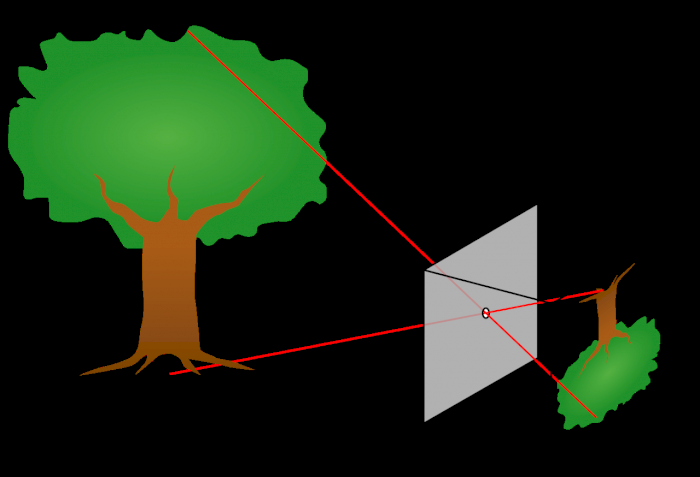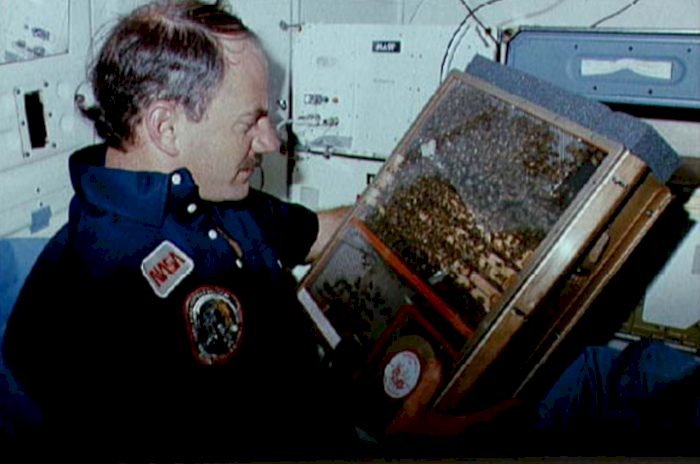Make a Pinhole Camera to Celebrate National Camera Day
- Monday June 29 2020
- General SCI
Background: You will be building a model of a simple camera, and then you will take pictures of all the beauty that is nature! How creative can you get with your pictures?
Materials needed:
- Rectangular box (shoebox)
- Scissors
- Ruler
- Translucent plastic (clear plastic bag will suffice)
- Tape and/or stapler
- Large black cloth
Steps:
- On one of the short sides of the box, use a pen or pencil to make a small hole in the middle of the side. The hole should be a little smaller than the circumference of the pen/pencil.
- On the other short side, use a ruler to trace a rectangle that is about 1 inch from the edge of the side. Use scissors to cut out the rectangle.
- Place the side that you just cut out flat on a piece of cardboard. Trace along the outside of the box. Cut along where you just traced.
- With the cardboard you cut out, trace a rectangle about 1 inch from the edge of the sides. Use scissors to cut out the rectangle. Keep the outside piece, which will be your frame.
- Lay your cardboard frame on top of your clear plastic. Cut the plastic so it is the same size as the frame. Either tape or staple the plastic to the frame.
- Place your frame on the inside of the large opening of your box.
- Set your shoebox camera on a flat surface (or hold it steady). Aim the small hole end at a well-lit object. Cover the shoebox with a large black cloth. Pull the cloth black to uncover the pinhole. Drape the cloth from the other end over your head. Block out as much outside light as possible so you can see the well-lighted object projected through the pinhole onto the translucent screen inside your shoebox.
- What can you see? Try to take a picture of the image projected on the screen.
- Use your device to take pictures of the outdoors. Try and take the coolest picture possible!
Extension thoughts: Why do you think is the most beautiful outdoor place you have ever been to? What made it beautiful?


